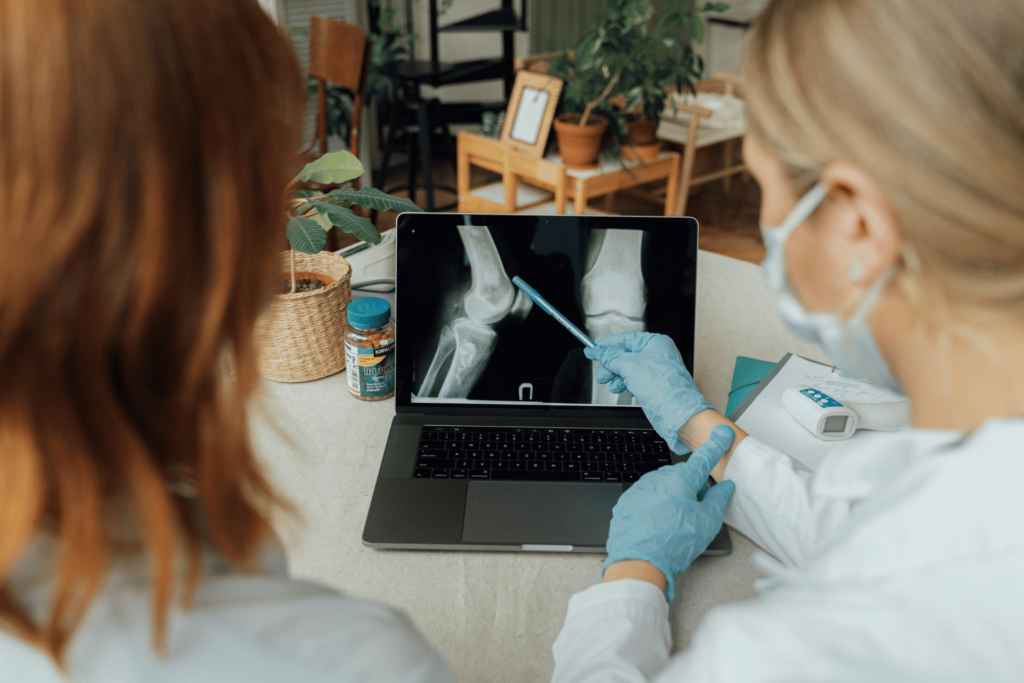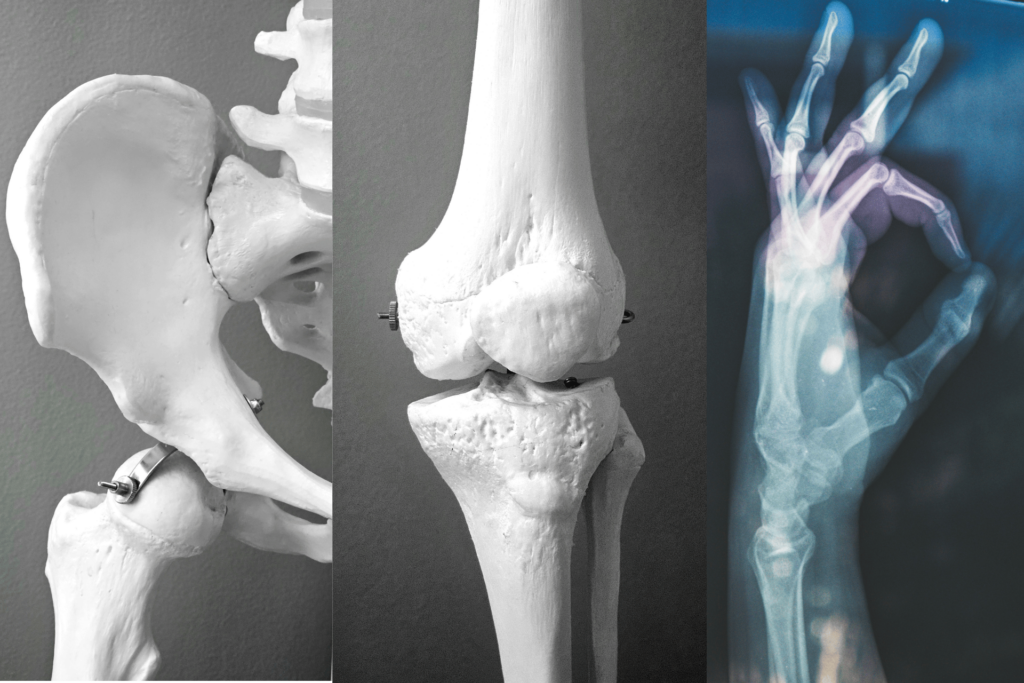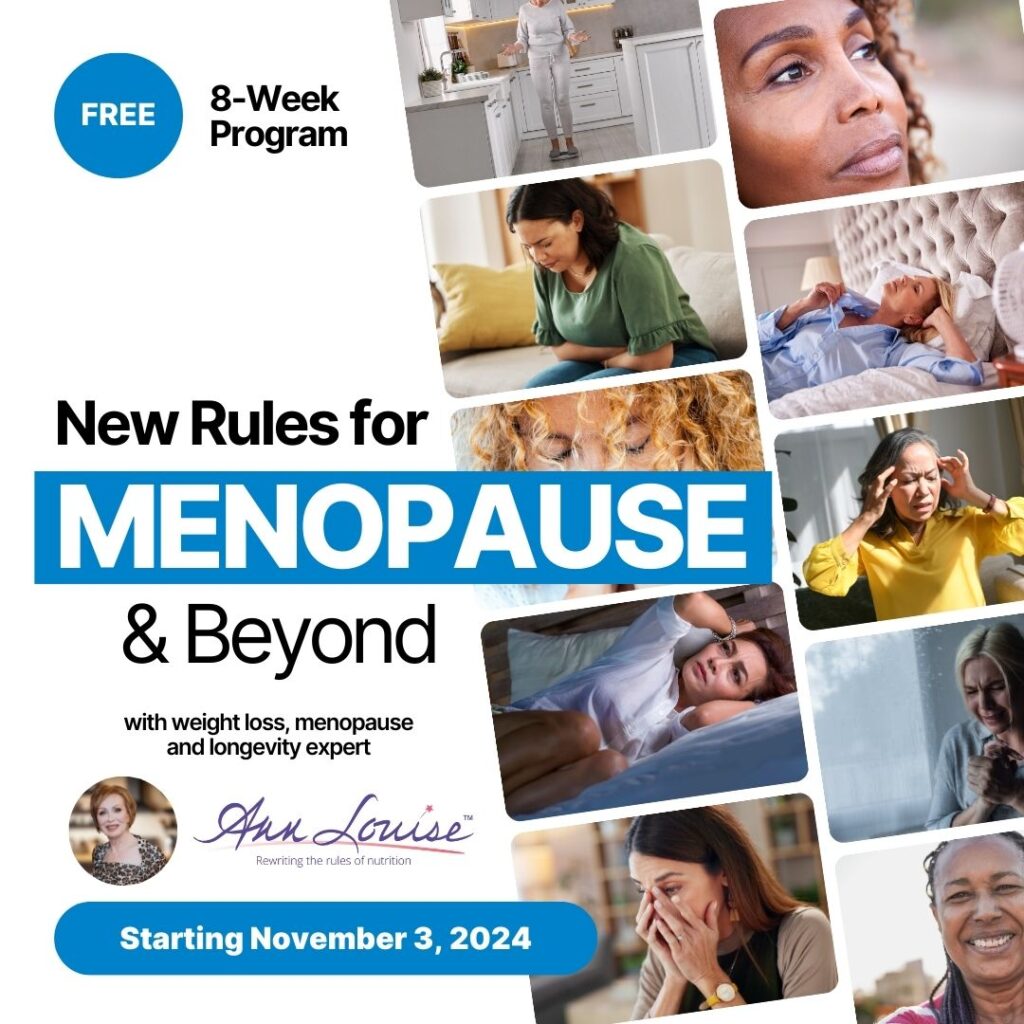 Don’t let summer heat give pathogens a “growth spurt.”
Don’t let summer heat give pathogens a “growth spurt.”
Hot, muggy weather does more than simply make you sweat. Fungi and yeasts—found throughout the body, especially in warm, moist areas—love summer heat. A wet bathing suit or footwear that doesn’t breath is just asking for trouble this time of year.
Jock and vaginal itch, diaper rash or any red rash with scalloped edges in skin folds, thrush (thick, white patches on the palate, tongue, or anywhere in the mouth), and underarm rash are just some ways the 20-plus species of Candida can wreak havoc. Candida species can form a biofilm that lives within the body—literally from top to bottom.
Not only is Candida albicans the most prevalent yeast in the periodontal pockets in the gums—often causing problems for denture wearers—but it’s also the culprit in at least 75% of vaginal infections. Some women may suffer burning, itching, soreness, and swelling (often accompanied by thick cottage-cheese like discharge or painful intercourse) four or more times a year!
Many experts link metabolic factors with yeast overgrowth. Scientists at the University of Glasgow Dental School find Candida albicans is especially adaptive in people with diabetes. And a new study published by the American Society for Biochemistry and Molecular Biology shows fungal pathogens in Candida albicans modulate inflammation and immune responses, delaying healing in ulcerative colitis and other diseases.
In addition to vaginal yeast infections so common in women, fungal infections—athlete’s foot (tinea pedis) and nail infections (onychomyscosis)—can become a problem for anyone this time of year. Sensitivity to fungal allergens also plays a critical role in atopic dermatitis like eczema.
Trouble is, yeast infections can produce so many subtle symptoms—ranging from anxiety and brain fog to eye and/or head pain to sore joints and sinusitis—that they’re often difficult to diagnose. If these pathogens make their way into the bloodstream, they can make you very sick—without the usual signs of infections like high fever.
Dr. Ann Louise’s Take:
Yeast overgrowth, whether systemic or localized, can definitely be caused by a variety of factors—diet, hot weather, stress, and weakened immunity. But the most overlooked factor by far is copper overload that most researchers blatantly ignore.
Ironically, many copper-toxic individuals find themselves troubled by a simultaneous excess and shortage of copper. They have high levels of copper stored in their tissues, but this mineral is in an unbound form—which they can’t utilize. This phenomenon contributes to yeast overgrowth, because copper is the body’s natural yeast killer—as long as the body is able to use it!
If instead copper is in a form that can’t be readily used, the blood becomes deficient in copper and the ability of white blood cells to kill off yeasts is diminished, setting the stage for infections to develop. While copper is needed for yeast control, an excess can also cause problems, increasing the pathogenic nature of Candida albicans and causing yeast infections to spread and worsen in intensity.
In many ways, fungal pathogens like Candida represent a Jekyll and Hyde microorganism. Candida is an ever-present inhabitant of our gastro-intestinal system but can overgrow and spread into a major source of ill health from our head to our toes.
Anti-Yeast Protocol
Research links yeast infections with anorexia in animals, so it’s important to eat right. “Food deprivation exacerbated liver injury, while the response to stress contributed to greater fungal colonization,” a new study in the journal Stress shows. But if you’re overweight, shedding pounds and balancing blood sugar levels are also important.
In my clinical experience, no one set of guidelines fits all. So you may need to tweak these tips to fit your individual needs.
• Nix yeast, molds, and non-probiotic fermented foods, drinks, and condiments: baked goods (bread, pastries, pretzels, and rolls) that use yeast, brewer’s yeast, dairy products (with the exception of yogurt with live, active bacteria), fermented beverages (brandy, beer, cider, rum, whiskey, and wine), smoked meat, mushrooms or truffles, vinegar (unless made from apple cider, which is not yeast producing) and foods like pickles and most condiments that contain vinegar.
• Limit your sugar intake (including artificial sweeteners and sugar alcohols), as most sweeteners feed fungi and yeasts. Don’t eat fruit (especially melons) or drink fruit juice for at least two weeks—the good news is there are plenty of luscious, fresh vegetables to enjoy this time of year.
• Enjoy plenty of leafy greens, and limit nuts. Cut out peanuts entirely (which are often contaminated with the aflatoxin fungus) as well as pistachios and reduce sunflower seeds and pecans – two high copper foods. Also, watch out for shellfish which can be high in both copper and mercury – another undesirable heavy metal.
• Keep in mind that yeasts have been found to increase magnesium and vitamin B6 excretion, making these nutrients especially important.
• Cut back on high-glycemic carbs: refined and gluten-containing grains, which also stimulate yeast overgrowth. Amaranth, buckwheat, millet, rice, and quinoa are better choices.
• Phase out pharmaceuticals—particularly antibiotics, birth control pills, and steroids—that foster yeast growth. Ask your healthcare provider about alternatives. In addition, read supplement labels and only take those that are yeast free.
• Eat 1 to 2 cloves of garlic with your food every day. Research in India finds that garlic paste is as effective as prescription drugs in fighting oral Candida—common in anyone with dentures. Allicin, the substance that gives garlic its distinctive flavor, is also a natural fungicide. If you prefer garlic supplements, make sure they contain allicin.
• Supplement with a good probiotic or eat plenty of probiotic-rich foods like yogurt and/sauerkraut.
Women especially need to check their multis for hidden copper. Many women are still taking their prenatal vitamins, which can be an unexpected source – sometimes up to 4 micrograms of this mineral. Switch to a copper-free multiple like The Female Formula.
Don’t forget the healing power of homeopathy, either. Designed for both acute symptoms and maintenance, Y-C Cleanse is a homeopathic formula clinically found safe and effective against Candida albicans and other yeasts that can cause allergies, bloating, fatigue, food cravings, and other discomforts. It can even be used on those occasions when you know you’re going to indulge in alcohol – especially wine – which is notoriously yeasty.
For adults, take 4 full droppers (or 1 teaspoon) of Y-C Cleanse in two ounces of water one half hour before eating breakfast (or as recommended by a healthcare professional). Swish in mouth for 30 seconds before swallowing. Do this for at least 24 days with a five or six-day break; then resume treatment if symptoms persist. Children 40 to 85 pounds can take half the adult dosage.
Clean, Cool, and Dry
Shower after you work out or make love—but don’t douche or use vaginal products or tampons with fragrances or other ingredients that can irritate sensitive tissue. Dry off thoroughly after bathing—and dust with gentle, talc-free powder before applying fragrance-free deodorant.
Wear breathable cotton panties and avoid tight-fitting pants and work out shorts. If you find yourself sweating when you sleep, crank down the thermostat on your air conditioner—or ditch your sleepwear.
Fabrics—whether towels at your athletic club or the bedding in your own home—tend to harbor fungal pathogens, so always wash in hot water. One new study shows that Candida yeast die at 86 degrees F (30 C), but those causing foot and nail fungi require 140 degrees F (60 C).
Last but never least, any woman with a vaginal infection needs to see an integrative physician, since sexually transmitted diseases can produce similar symptoms—and because chronic yeast infections can take a real toll on overall health.
Sources:
The Gut Flush Plan
Super Nutrition for Women
Why Am I Always So Tired?
www.healthiertalk.com/yeast-overgrowth-will-ever-go-away-2134
https://www.ncbi.nlm.nih.gov/pubmed/20674321
https://www.ncbi.nlm.nih.gov/pubmed/20666649
https://www.ncbi.nlm.nih.gov/pubmed/20662943
https://www.ncbi.nlm.nih.gov/pubmed/20664277
https://www.ncbi.nlm.nih.gov/pubmed/20652833
https://www.ncbi.nlm.nih.gov/pubmed/20512529
https://www.ncbi.nlm.nih.gov/pubmed/20173706
https://www.ncbi.nlm.nih.gov/pubmed/19439813
https://www.ncbi.nlm.nih.gov/pubmed/19190778












7 Responses
What is your take on Kombucha? Do you think women with candida should steer clear of it? Thanks!
Dr. ALG has had many clients who have used Kombucha with great success and others who have not. Perhaps it is the source of the Kombucha that is the problem? In any case, she stands behind the suggestions in the blog re yeast eradication.
re:copper overload-can we rely on a hair test to determine?
re:garlic-may we use kyolic in place of fresh garlic?
re:copper overload-can we rely on a hair test to determine? I supplement with copper because of having had rheumatoid arthritis and was shown to be deficient in copper but do have symptoms of candita now
re:garlic-may we use kyolic in place of fresh garlic?
Mary: TMA (hair test) might be your first step. It will reveal the key copper/zinc ratio and then tell you what to do from a diet, supplement, and environmental perspective.
If yeast is in saliva, can husbands and wives transmit Candida to their spouse through kissing them?
Yes they can transmit it back and forth. Both people should treat the yeast.